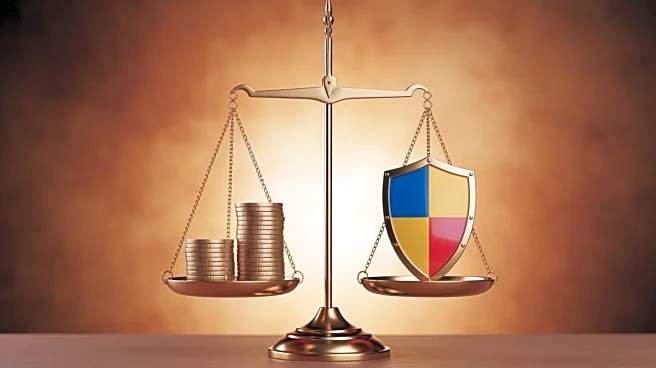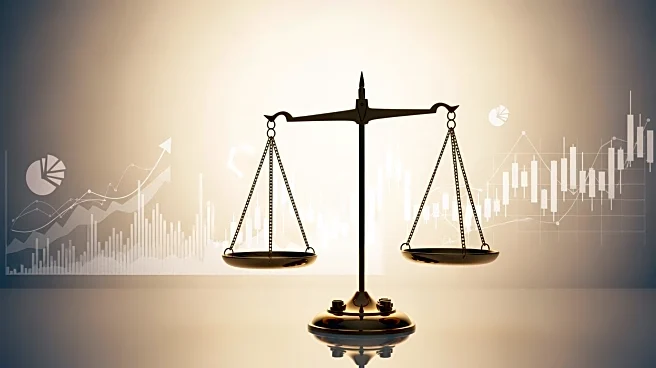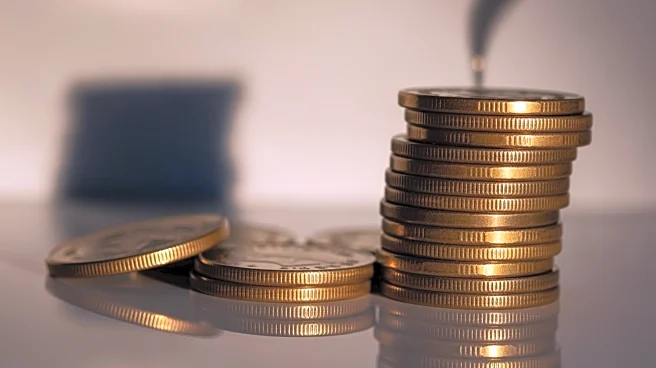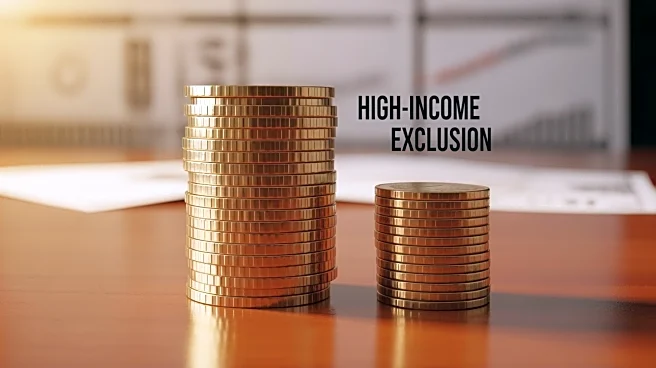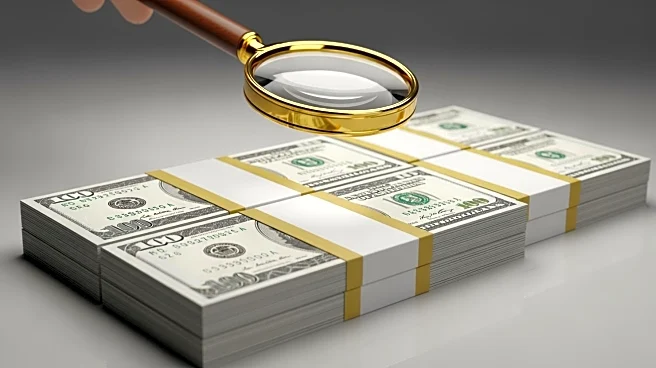What's Happening?
President Donald Trump has proposed a new stimulus payment of $2,000 to Americans, funded by tariff revenue from foreign imports. This initiative echoes the stimulus checks distributed during the COVID-19
pandemic, which were income-capped. The proposed payments would likely follow similar income limits: $150,000 for families, $112,500 for heads of household, and $75,000 for individuals. Treasury Secretary Scott Bessent has stated that no formal discussions have occurred regarding this proposal, and it would require Congressional approval. The tariff revenue has generated over $100 billion, with projections of $300 billion annually, but the cost of the proposed payments could reach $600 billion.
Why It's Important?
The proposal for a tariff-funded stimulus check could have significant implications for the U.S. economy and public policy. If implemented, it would provide financial relief to millions of Americans, potentially boosting consumer spending and economic activity. However, the funding mechanism through tariffs may face scrutiny, as tariffs can impact trade relations and domestic prices. The proposal also highlights ongoing discussions about fiscal policy and government intervention in economic recovery. Stakeholders such as lawmakers, economists, and the public will likely debate the feasibility and impact of such payments.
What's Next?
The next steps involve potential Congressional discussions and approval processes for the proposed stimulus payments. Key stakeholders, including political leaders and economic advisors, will need to assess the proposal's viability and its alignment with broader fiscal policies. Public and political reactions will shape the discourse, influencing whether the proposal gains traction or faces opposition. The administration may also explore alternative funding mechanisms or adjustments to the proposal to address concerns about tariff impacts and budgetary constraints.
